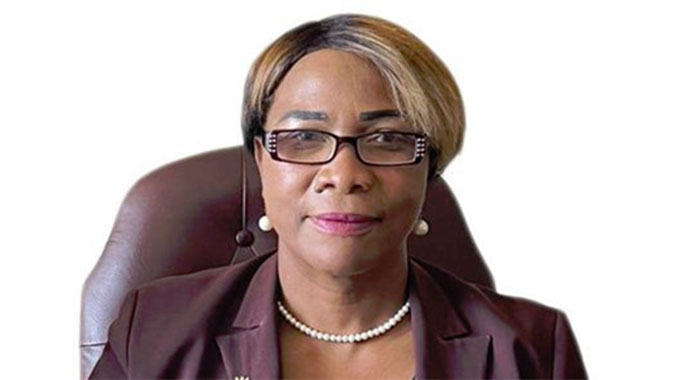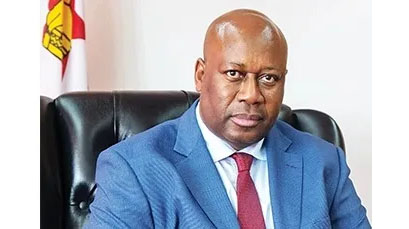Zim draws down US$311m from SDRs

Africa Moyo Deputy News Editor
ZIMBABWE has drawn down US$311 million from the US$958 million it was allocated under extra Special Drawing Rights by the International Monetary Fund in August last year, an automatic allocation along with the rest of the IMF membership.
The US$311 million was drawn down between September last year and June this year, with the health, education, and infrastructure development sectors benefiting.
Funds were also channelled towards supporting vulnerable groups, productive sector value chains, foreign currency reserves and the contingency fund.
While the Government has budget allocations for these purposes, the use of the extra money from the IMF has allowed programmes to be accelerated.
In an interview, Finance and Economic Development Minister Professor Mthuli Ncube said in the health sector, the funds have been used to support Covid-19 vaccination programmes, construction of health infrastructure in regions with extreme poverty, support for health consumables and equipment.
In the education sector, the Government constructed education infrastructure in regions with extreme poverty.
Other funds were channelled towards the agricultural productive social protection scheme.
Three key schemes were launched namely; the agriculture support, industry support and infrastructure development support.
Under the agriculture facility, the Government set up an export revolving fund targeting floriculture, blueberries and macadamia. Smallholder farmer irrigation schemes were revived faster using SDRs.
In terms of the industry support scheme, a revolving fund was set up for retooling and replacement of value chains.
The cotton, leather, pharmaceuticals and agro-processing sectors benefited from the SDRs.
Under infrastructural development, funds were channelled towards the transport sector where the Harare-Beitbridge highway construction, the Mbudzi Interchange and the Emergency Road Rehabilitation Programme were funded.
Further resources were channelled towards housing development.
Said Prof Ncube: “An amount of US$311 million was disbursed up to June 2022 towards the following social programmes; procurement of Covid-19 vaccines (US$71 million), vaccine rollout (US$6 million), procurement of Covid-19 related medical and testing equipment (US$10 million), support for the agriculture productive social protection scheme for rural and peri-urban households (US$80 million), and support to the Road Development Programme with the Harare-Beitbridge Road, Masvingo Road Interchange Development Project (Mbudzi) and the ERRP (US$144 million).”
During the second half of this year, Prof Ncube said SDR disbursements of another US$145 million were expected to go towards investments in the health sector (US$35 million), education (US$10 million), agriculture support (US$30 million) for the export revolving fund, smallholder farmer irrigation (US$20 million), industry’s retooling and the revolving fund for new equipment and replacement for the value chains (US$20 million), housing development (US$10 million), gold centres (US$10 million).
The gold centres are expected to be rolled out soon.
Added Prof Ncube: “Another draw-down of US$155 million will be made towards acquisition of fertilisers and support for productive social protection programmes. This implies a total draw-down of US$300 million in the second half of 2022.”
This amount would be drawn from the portion of the SDR resources set aside for the contingency fund and international reserves.
Under the general allocation of SDR456 billion which is equivalent to US$650 billion, Zimbabwe was allocated SDR677,4 million, equal to US$958 million or 0,124 percent of the total, by the IMF last year.
The SDRs are meant to address the long-term global need for reserves, build confidence, and foster resilience and stability, and to enable countries to cope with the devastating impact of the Covid-19 crisis which crippled the world for two years.
Zimbabwe promised to use the funds prudently, with accountability and transparency.
The money is being used for the purposes it was meant to be used for, with in some cases double use as an injection into infrastructure at local prices but with the foreign currency available for use in the foreign currency reserves.










Comments